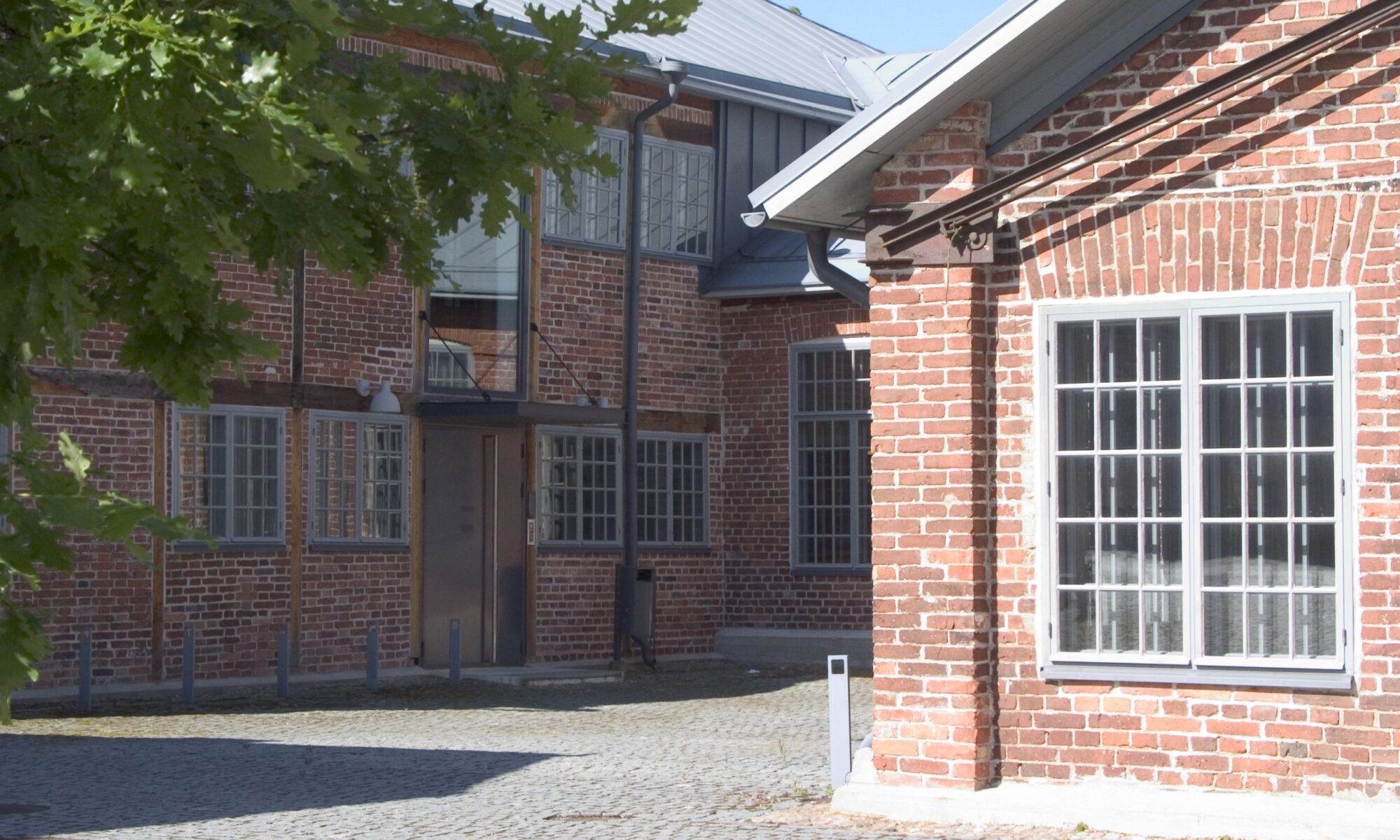Kristian Tylén, Department of Linguistics, Cognitive Science and Semiotics, Aarhus University
Roberta Rocca, Department of Linguistics, Cognitive Science and Semiotics, Aarhus University
Across a number of domains within design, innovation, research and education, ideation processes unfold in collaborative contexts where two or more individuals interact to find novel and useful solutions to a problem. Divergent thinking is considered a central component of creative ideation, and many classical creativity tests attempt to measure the ability of individuals to flexibly and fluently come up with as many and as different associations as possible in response to a prompt (Baer, 2014; Runco, 2010).
The influence of social interaction on creative processes of divergent thinking remains controversial: some studies report benefits from interaction while some do not (Aggarwal & Woolley, 2019; Brophy, 1998; Kohn & Smith, 2011; Mullen et al., 1991). One problem in this regard is that most existing studies only measure the performance of individuals and groups “offline” in terms of the number and quality of resulting solutions, while the underlying cognitive mechanisms of unfolding divergent thinking processes are often not accessible (Said-Metwaly et al., 2017).
The purpose of this study is to address the underlying computational cognitive, linguistic, and social mechanisms of collective divergent thinking, in order to unravel their dynamics and how they relate to performance. In particular, we use agent-based simulation to investigate how the degree of cognitive diversity between interaction partners affects collective semantic search processes. Agents performed a verbal association task individually and jointly in pairs. We created pairs of varying cognitive diversity by manipulating properties of the vector spaces defining their semantic memories. We find that cognitive diversity positively stimulates the flexibility of agents’ collective semantic search, giving rise to higher fluency (more associations) and originality (more ‘rare’ associations). While cognitively similar agents tend to exploit local semantic neighborhoods, diversity promotes more explorative search, with longer distances traveled in semantic space. This helps diverse pairs reach more distant areas of semantic space and escape cognitive fixation. However, we also find that too high levels of diversity can have detrimental effects, as overly exploratory behaviors make pairs leave solution saturated areas prematurely and increase the risk of reaching semantic “dead ends”.
References
Aggarwal, I., & Woolley, A. W. (2019). Team creativity, cognition, and cognitive style diversity. Management Science, 65(4), 1586–1599.
Baer, J. (2014). Creativity and divergent thinking: A task-specific approach. Psychology Press. Brophy, D. R. (1998). Understanding, measuring, enhancing collective creative problemsolving efforts. Creativity Research Journal, 11(3), 199–229.
Kohn, N. W., & Smith, S. M. (2011). Collaborative fixation: Effects of others’ ideas on brainstorming. Applied Cognitive Psychology, 25(3), 359–371.
Mullen, B., Johnson, C., & Salas, E. (1991). Productivity loss in brainstorming groups: A metaanalytic integration. Basic and Applied Social Psychology, 12(1), 3–23.
Runco, M. A. (2010). Divergent thinking, creativity, and ideation.
Said-Metwaly, S., Van den Noortgate, W., & Kyndt, E. (2017). Approaches to measuring creativity: A systematic literature review. Creativity. Theories–Research-Applications, 4(2), 238–275.
